
 |
Home | Shishapangma Main | Contact |
Updated: October 2011. Click on an image to see the FULL size with a caption.
The following reference information is included:
My rating scale:
 Excellent ;
Excellent ;
 Very Good ;
Very Good ;
 Good ;
Good ;
 Fair ;
Fair ;
 Poor.
Poor.
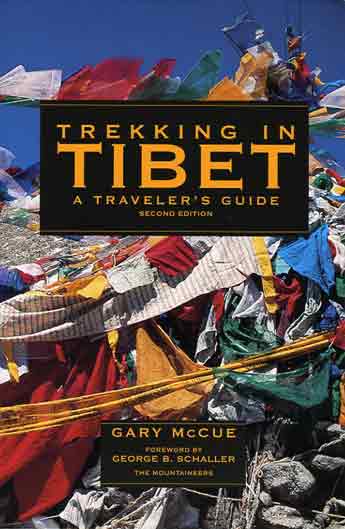
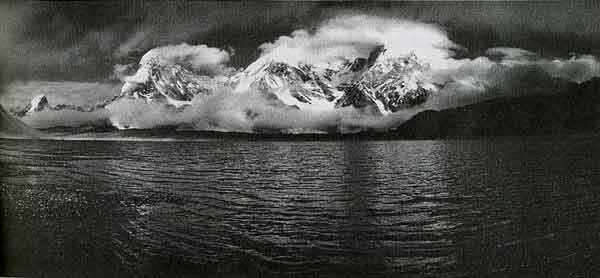

by Gary McCue. Highly recommended! An excellent book detailing the popular treks like Everest North Base Camp and Kailash Kora, and less common treks like Everest North Advanced Base Camp, Everest East Kangshung Base Camp, Cho Oyu Advanced Base Camp, and Menlungtse. It has a detailed description of the treks to both Shishapangma South Base Camp and the North Advanced Base Camp.

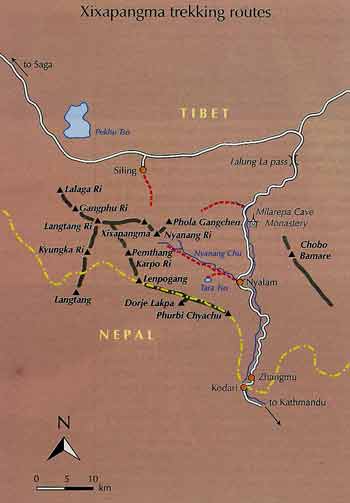
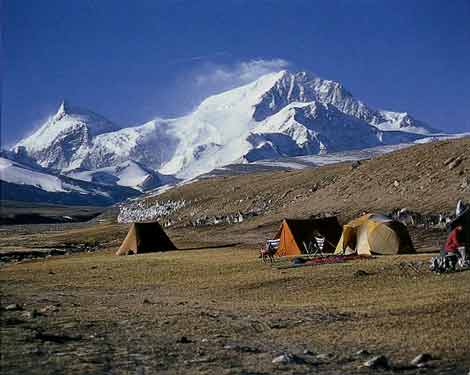

by Sian Pritchard-Jones and Bob Gibbons. An excellent book from Cicerone detailing the Kailash trek, including the Simikot trek and the Guge Kingdom. Contains 11 maps and almost 100 photos. There is a map and a brief description of the trekking routes to Shishapangma, including some very good photos.
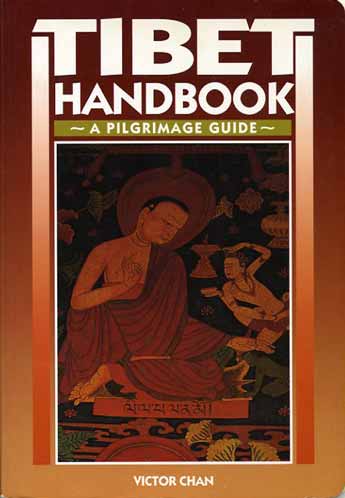

by Victor Chan. Over a thousand pages, extremely detailed travel and pilgrimage guide. Includes a short description of the treks to Shishapangma North and South Base Camps.
There aren't very many books specifically on Shishapangma. Here are my favourites:
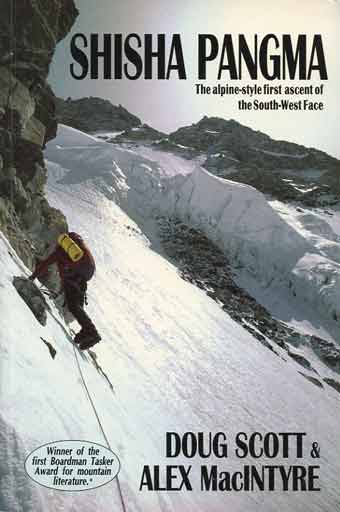

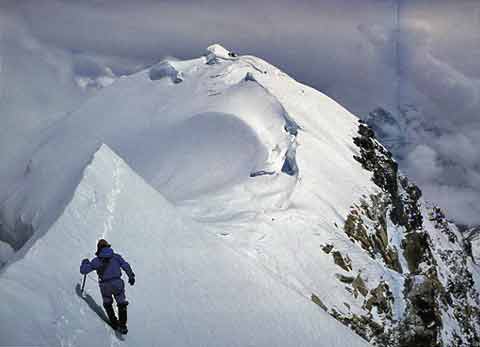

by Doug Scott and Alex MacIntyre. Originally published in 1984 as The Shishapangma Expedition, this book was the winner of the first Boardman-Tasker Literary Award. It details the May 28, 1982 ascent by Alex McIntyre, Doug Scott, and Roger Baxter-Jones of Shishapangma's unclimbed southwest face. The story of the ascent is almost like two books in one, with each chapter having sections written by Doug and other sections written by Alex.
The book has excellent maps and lots of great black and white and some colour photos of the steep face and the summit area, including the knife-edge ridge to the central summit.
There are appendices on Buddhism and Milarepa, the European advances into Tibet, expedition medicine, earlier expeditions to Shishapangma and its vicinity, and a list of climbing around Shishapangma from 1921 to 1999.
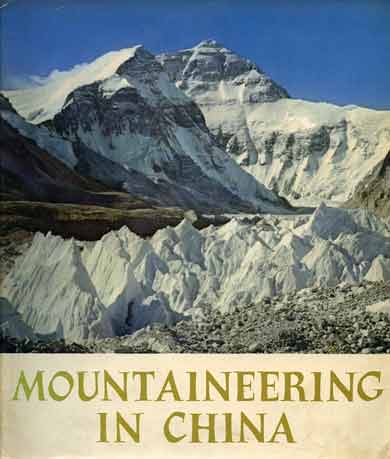
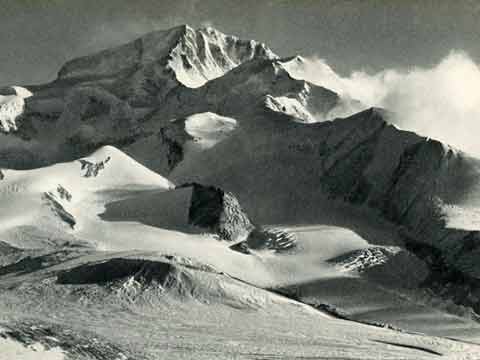


Compiled by the People's Physical Culture Publishing House, 1965. A black and white photographic book detailing the birth of Chinese Mountaineering, and their ascents Minya Konka (1957), Mustagh Ata (1959), the first ascent of the Everest North Face (May 25, 1960), Mount Kongur Tiubie (1961), and Shishapangma (May 2, 1964). The front cover is the Everest North Face.
The chapter on Shishapangma is 24 pages long with three pages in colour, detailing the first ascent of Shishapangma on May 2, 1964 via the North Face. Ten climbers made it to the top including leader Hsu Ching, deputy leader Chang Chun-yen, Wang Fu-chou, Wu Tsung-yueh, Chen San, Cheng Tien-liang, and four Tibetans - Sodnam Doje, Migmar Trashi, Doje, and Yonten.
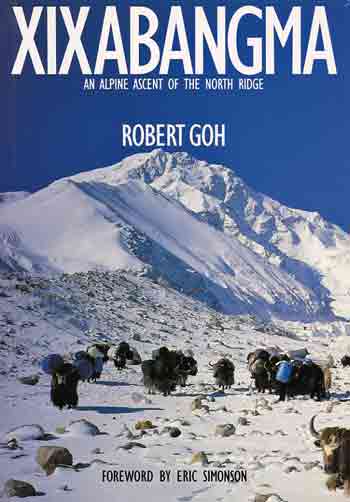



by Robert Goh and Reutens Lulin. Published 2004. After having learned to mountain climb in England, climbing in the Alps, reaching the summit of Cho Oyu and attempting Everest, Robert Goh persuades four fellow climbers from Singapore to attempt the Shishapangma normal North Ridge route in alpine style. The first half the book deals with his early career and getting the necessary sponsorship, and is a bit tedious.
The second half of the book is far more interesting and deals with the climb itself. After suffering through bad weather, Goh and Edwin Siew took four days to climb in alpine style, taking everything with them, reaching the lower Central Summit of Shishapangma on May 16, 2002. "The North Ridge and summit together was the most beautiful sight I had ever seen."
The 18 pages of colour photos and eight pages of b/w photos help bring the story to life. The appendix details the climbs from camp to camp for reference by future climbers.
Shishapangma is also featured in several general mountaineering books. Here are my favourites:
I use abebooks.com to look for first editions and out of print books.

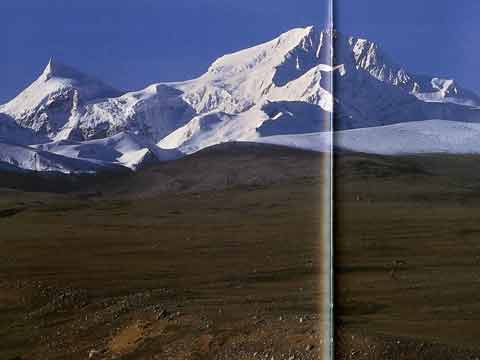

by Richard Sale, John Cleare ((Photographer). Published 2000. Highly recommended! The book details the exploration, first ascent, and other major ascents of all 14 8000m peaks, including spectacular photos. The cover features a Shishapangma photo from the British 1982 southwest face expedition of the knife-edge ridge between the main and central summits.

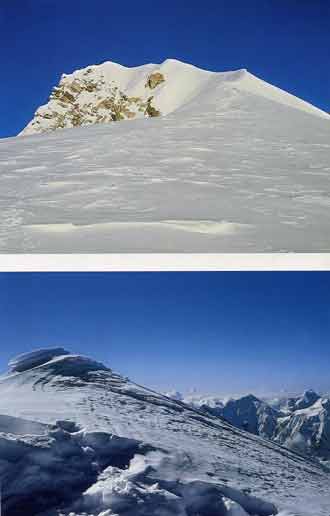
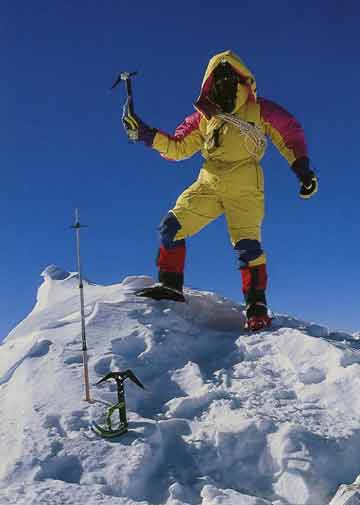

by Marco Bianchi. Published 2003. Although the title claims to be the 14 highest summits in the world, this beautiful, large-format photo book really focuses on the seven mountains the author climbed. The text is in Spanish, but the photos transcend language.
After attempts on Makalu in 1986 and Cho Oyu in 1989, Bianchi summitted seven of the 14 8000m peaks: Manaslu Sept. 28 1992 via Northeast Face, Broad Peak July 6 1993 via Normal route, Cho Oyu Sept. 18 1993 via West Ridge, Shishapangma Oct. 6 1993 via Southwest Face, Dhaulagiri Sept. 25 1994 via Northeast Ridge, Everest May 12 1995 via Northeast Ridge, and K2 Aug. 10 1996 via North Ridge. The front cover is Shishapangma.
There are four pages of the Tibet approach from Kathmandu, and 14 pages on Shishapangma from his climb of the Southwest face. The photos are excellent.
You can preview many of the photos at cuboimages.it by searching for Shisha Pangma.
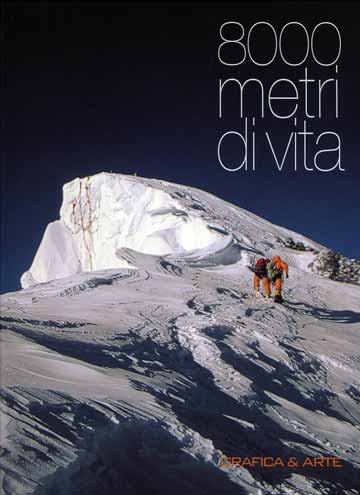
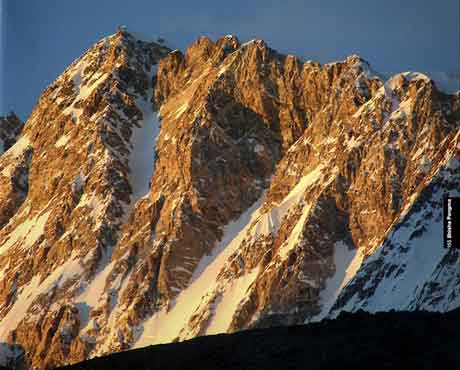
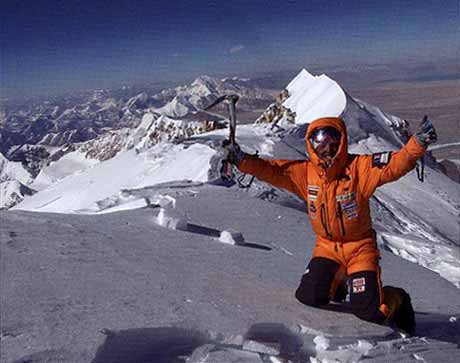

by Simone Moro. Published 2008. In Italian and English. This coffee-table size book features excellent photos from all 14 8000m peaks. Each 8000m peak has a brief history, a photo of each face showing the climbing routes, and lots of excellent photos.
There are 12 pages on Shishapangma. Simone Moro's attempt on Shishapangma in 1994 was stopped at 7400m due to avalanche danger. He climbed Shishapangma 8008m Central summit on October 11, 1996 without oxygen in 27 hours from base camp, and skied back down from 7100m. His Shishapangma winter attempt in 2004 was called off just 300m from the summit. Simone Moro and Polish climber Piotr Morawski completed the first Winter ascent of Shishapangma via the south face on January 14, 2005.
The photos and route diagrams are excellent.

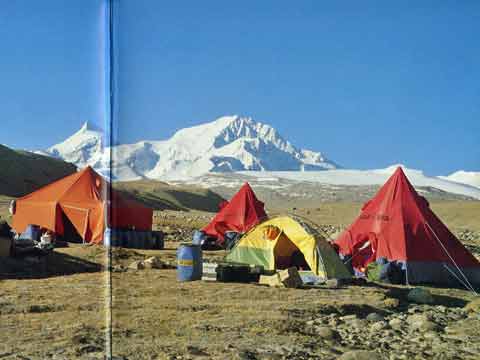
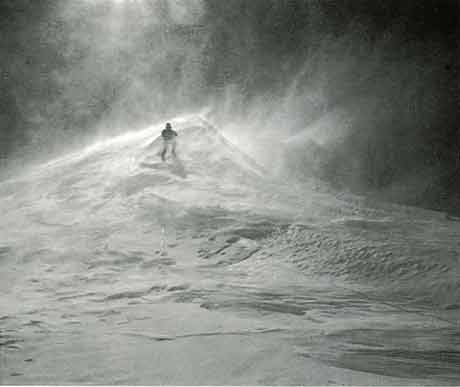

by Reinhold Messner. Published 1999. One of Michael Chessler's Top 100 Mountaineering Books. Messner briefly details his ascents of all 14 8000m peaks, documented with his photos. He also includes route diagrams and some basic history of the first few ascents.
On May 28, 1981, in the worst possible conditions, Messner and Friedl Mutschlechner claimed the fifth ascent of Shishapangma. "Above us is only storm, below us cloud; of the outer world there was nothing to be seen, but within we had experience enough."

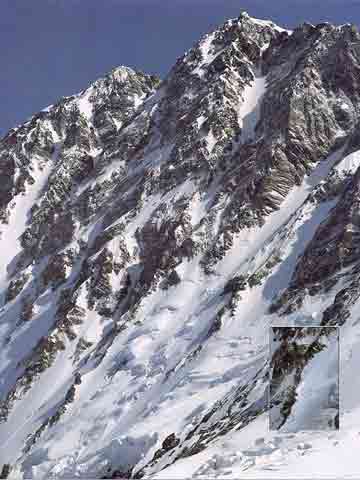
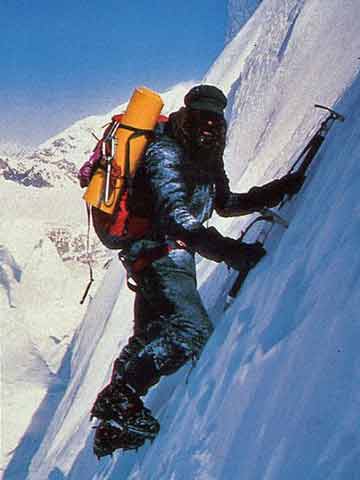
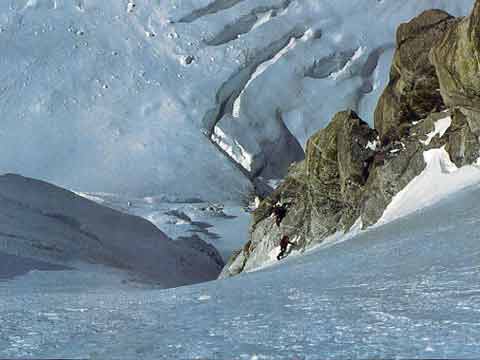

by Doug Scott Published 1997. One of Michael Chessler's Best Mountain Photo Books. Scott details his many climbs over the years.
Scott dedicates nine pages to the 1982 ascent of Shishapangma's southwest face with Alex McIntyre and Roger Baxter-Jones. There are many excellent colour photos of Shishapangma, most not in his 1984 Shisha Pangma book.

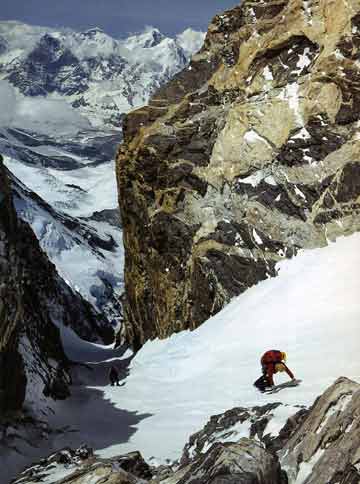

by Andy Fanshawe, Stephen Venables. Published 1996. This book briefly details 40 of the world's finest climbs on mountains in Pakistan (including Broad Peak, K2 and Nanga Parbat), India, Nepal and Tibet (including Annapurna, Shishapangma, Cho Oyu, Everest, Makalu and Kangchenjunga). Each climb is illustrated with many excellent photos, climbing routes, and summary statistics and information. Each area has an excellent overview map. The front cover is Kangchenjunga.
There are 4 pages on Shishapangma Southwest Face.

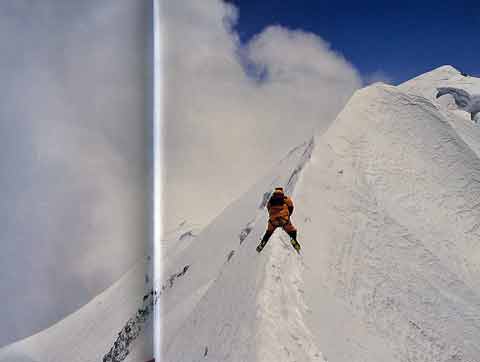

photographs by Ed Viesturs, text with Peter Potterfield. Released in early 2003, this book presents photographs with some basic text descriptions of Viesturs' ascents of 11 of the 14 8000ers. After this book was published he reached the summit of Nanga Parbat in June 2003, Broad Peak in July 2003, and on May 12, 2005 he reached the summit of Annapurna, becoming the first American to reach the summit of all 14 8000ers, all without oxygen. The front cover is Manaslu.
After being turned back at the Central Summit in 1993, Viesturs returned in 2001 with Veikka Gustafsson. They climbed the North Face to the Central Summit and then to the Main Summit on April 30, 2001. There are 8 pages on Shishapangma. "This was near the place where I had turned back in 1993 because of the high potential for avalanche, way beyond what I consider safe for climbing. This time when we got to the Central Summit, the snow conditions were excellent, so Veikka and I set out on the strenuous hour-and-a-half climb along the knife-edge ridge to the Main Summit."
Ed's photos are excellent.
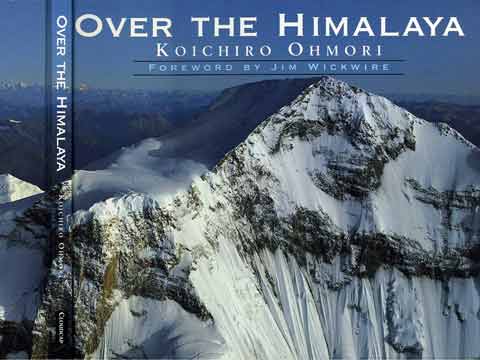
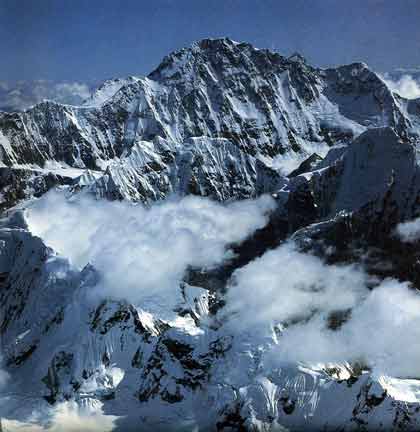

by Koichiro Ohmori. Published 1998. One of Michael Chessler's Best Mountain Photo Books. This book features 44 spectacular 2-page aerial photos of the 8000m Nepalese mountains - Kangchenjunga, Makalu, Everest and Lhotse, Cho Oyu, Manaslu, Annapurna and Dhaulagiri (cover) - and several others, including Jannu, Nuptse, and Ama Dablam. Route diagrams and some basic history of the first few ascents are also included.
There are six 2-page photos of the Shishapangma region, with Shishapangma in 3 of the photos. Other mountains in the photos include Lonpo Gang, Dorje Lakpa, Langtang Lirung and Ganesh Himal.

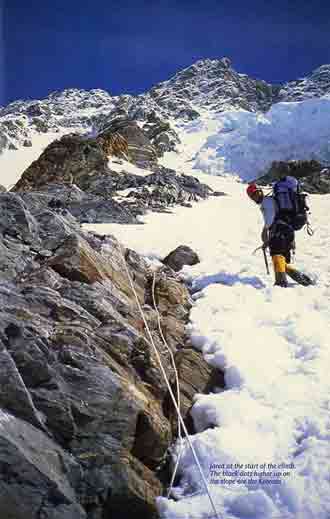


by Khoo Swee Chiow. Published 2003. This book follows the Singaporean author through his early years, his climbs of Cho Oyu in 1997, Everest in 1998, his trek to the South Pole in 1999, becoming the first South East Asian to achieve the 7 Summits in 2000, climbing Shishapangma without oxygen in 2001, and reaching the North Pole in 2002. The cover features the view from the main summit of Shishapangma along the knife-edge ridge to the Central lower summit, with a photo of the author from his trip to the North Pole.
The chapter on Shishapangma is 25 pages long and features 14 pages of colour photos with an additional 8 smaller colour photos. Khoo Chiow wanted to ensure he would reach the main summit of Shishapangma so he decided to tackle the steep Southwest face pioneered by the British in 1982.
"The Base Camp on the south side of Shishapangma is one of the most beautiful I have ever seen. It's a meadow with a glacial lake and snowy peaks overlooking nearby. From Base Camp, the entire Shishapangma massif ... was visible." Chiow and Chris Shaw reached the main summit of Shishapangma on September 28, 2001. "Chris and I hugged and congratulated each other. It was a perfect day!"

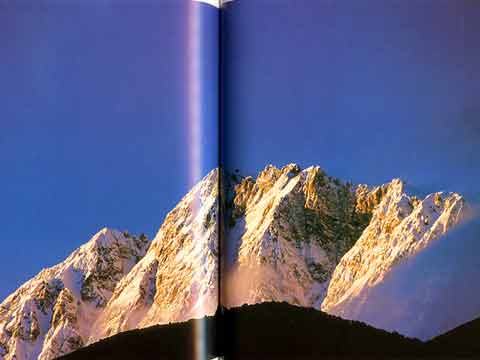
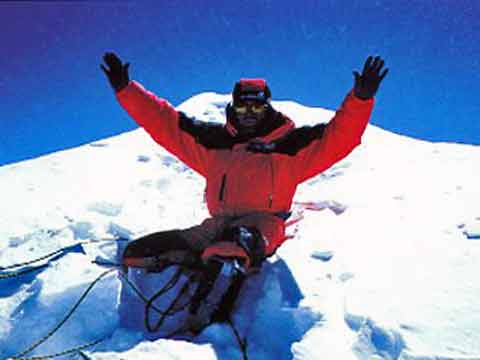

by Kiko Betelu. Published 1999. Text in Spanish. Spaniard Juanito Oiarzabal became the sixth mountaineer to summit all 14 8000m peaks when he reached the summit of Annapurna on April 29, 1999. This book reviews each of his 14 ascents with text, photos, and a route map. There are 65 colour photos and 42 b/w photos. With his ascent of Annapurna on April 27, 2010, Juanito holds the record for the most ascents of 8000m peaks with 24.
A 7-page chapter with 3 colour photos and 1 b/w photo describes Oiarzabal's ascent of Shishapangma via the Southwest Face on October 9, 1998.
The photos are very good.


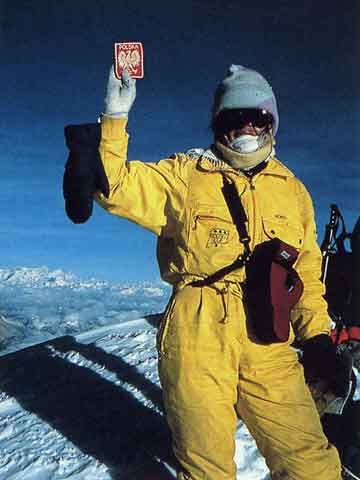

by Gertrude Reinisch. Published in English in 2000. This book traces the career of Polish climber Wanda Rutkiewicz. It includes brief reports of Trollryggen in Norway in 1968, Pik Lenin 1970, the Eiger North Face 1973, the Matterhorn North Face 1978, Aconcagua South Face 1985, and Cerro Torre 1988. The book focuses mainly on her climbs in the Himalaya and Karakoram, including: the first ascent of the then highest unclimbed peak 7952m Gasherbrum III August 11, 1975 (4 pages); Mount Everest summit October 16, 1978 (10 pages); Nanga Parbat attempt 1976 and summit July 15, 1985 (5 pages); K2 expedition leader 1982, attempt 1984, and becoming the first female to summit K2 June 23, 1986 (35 pages); Makalu attempts 1986 and 1990 (10 pages); Shishapangma Main Summit September 18, 1987 (4 pages); Gasherbrum II summit July 12, 1989 (14 pages); Gasherbrum I summit July 16, 1990 (19 pages); Cho Oyu summit September 26, 1991 solo (2 pages); Annapurna winter attempt 1987 and south face summit October 22, 1991 solo (15 pages); Dhaulagiri aborted attempt 1991 (3 pages); Yalung Kang (8505m) winter 1988/89 attempt, and Kangchenjunga attempts in 1991 and 1992 (24 pages); Wanda Rutkiewicz died May 12 or 13, 1992 on Kangchenjunga. There are transcripts of many of her personal letters from expeditions across the world. There are many photos.
There are four pages with 2 colour photos and 2 bw photos of the ascent of Shishapangma by Wanda Rutkiewicz on September 18, 1987 with Ryszard Warecki. 'It's only on the last metres of an ascent that I start to enjoy the feeling that I'm going to succeed. It's a wonderful moment, when I feel utterly exhausted and utterly happy at the same time. I'm delighted to have another damned peak over and done with, but that moment at the summit is also the end of something - the signal to turn about and begin to return to ordinary life. Whenever you achieve something, you're standing at the end of another road.'
The book is written in a straightforward manner, factual and to the point. We do get some insights into Wanda as a person through her relationship with the author and her letters. The photos are very good.
For news on Shishapangma expeditions, I check the following:
Some general Shishapangma information websites I use are:
There are many expedition websites, with my favourites being:
I thoroughly enjoy reading other people's travelogues and looking through their photos. Here are my favourites:
In addition to the following DVDs and Videos please see youtube.com Shishapangma videos.
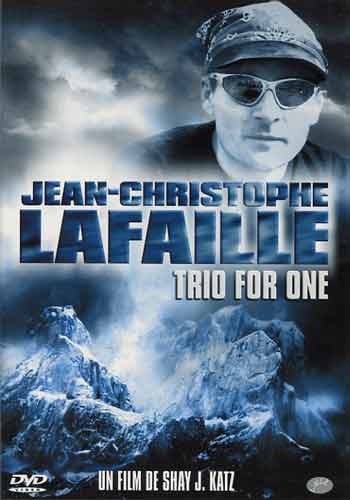
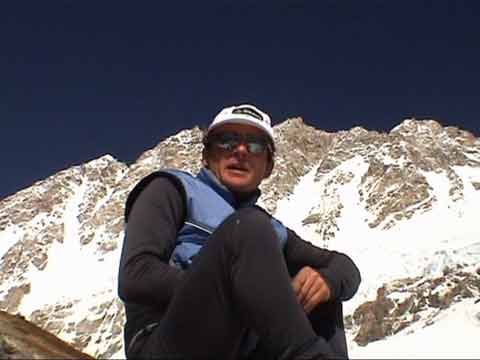
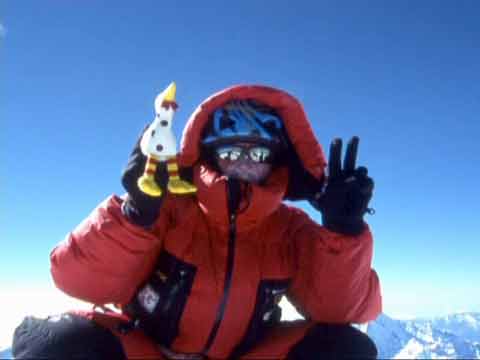

Released 2006. This 56-minute film follows famed French mountaineer Jean-Christophe Lafaille's exploits in 2003, climbing Dhaulagiri solo (May 20), and Nanga Parbat (June 23) and Broad Peak (July 15) with Ed Viesturs. The narration is in French with English subtitles. One of the bonus features is a video of his ascent of the Shishapangma (Dec 11, 2004) solo in winter. Another bonus is a 12-minute interview with JC and Ed Viesturs. Lafaille disappeared on January 26, 2006 near the summit of Makalu, attempting the first solo winter ascent.
A 21-minute bonus chapter features Lafaille's solo climb of Shishapangma, filmed by JC himself. Rated the best climb in 2004 by EverestNews.com, Lafaille climbed totally solo without oxygen, reaching the Main Summit via the magnificent 1982 British Southwest Face route, with a new route on the first 1000m.
I liked the honest portrayal of a mountaineer dealing with the basics of life like eating and melting snow for drinking, suffering from loneliness, and reaching the summit. The mountain views from base camp are excellent. Further up the mountain, he films less and inserts his photographs.
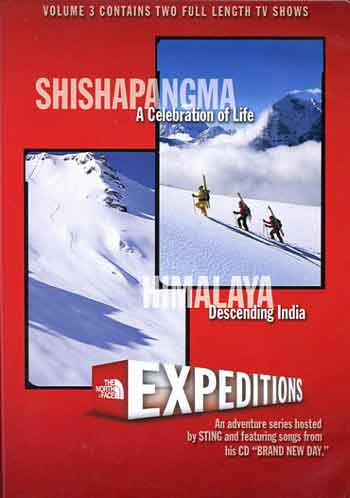
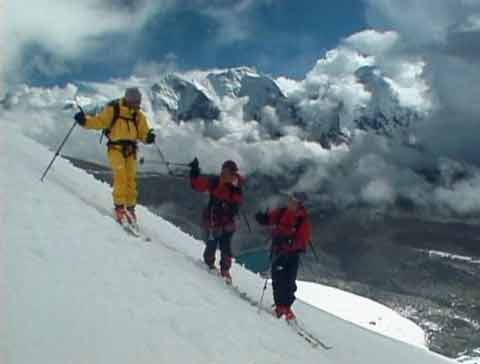
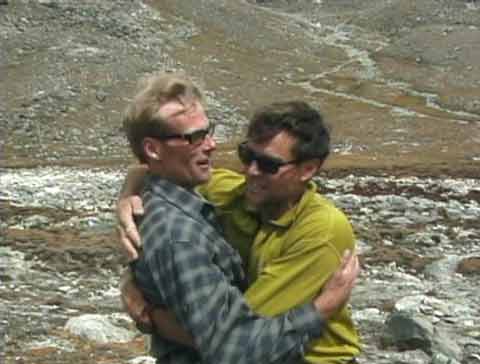

Released 2003. This first film is called Shishapangma: A Celebration of Life. A group of mountaineers make a first attempt at skiing an 8000m peak, the southwest face of Shishapangma in Tibet. The film opens with some great footage of Kathmandu, the trek to the southwest base camp, and the southwest face. After a bit of acclimatizing skiing, a tragic avalanche strikes on October 5, 1999 when they are just walking to the face to have a look.
"We all ran in separate directions. I traversed to the right, and looked back three times, and on my third time I saw David (Bridges) and Alex (Lowe) close together. ... I thought my number was up." - Conrad Anker survived, but David and Alex didn't.
The second film, called Himalaya, follows extreme-skiers and boarders Rick Armstrong, Jeremy Nobis and Hilaree Nelson as they attempt to ski Deo Tibba (6000m) in the Indian Himalaya. I especially liked the scenes in Manali as a snake charmer puts his snake around their fearful shoulders. Introduced by Sting and featuring his song Fill Her Up.